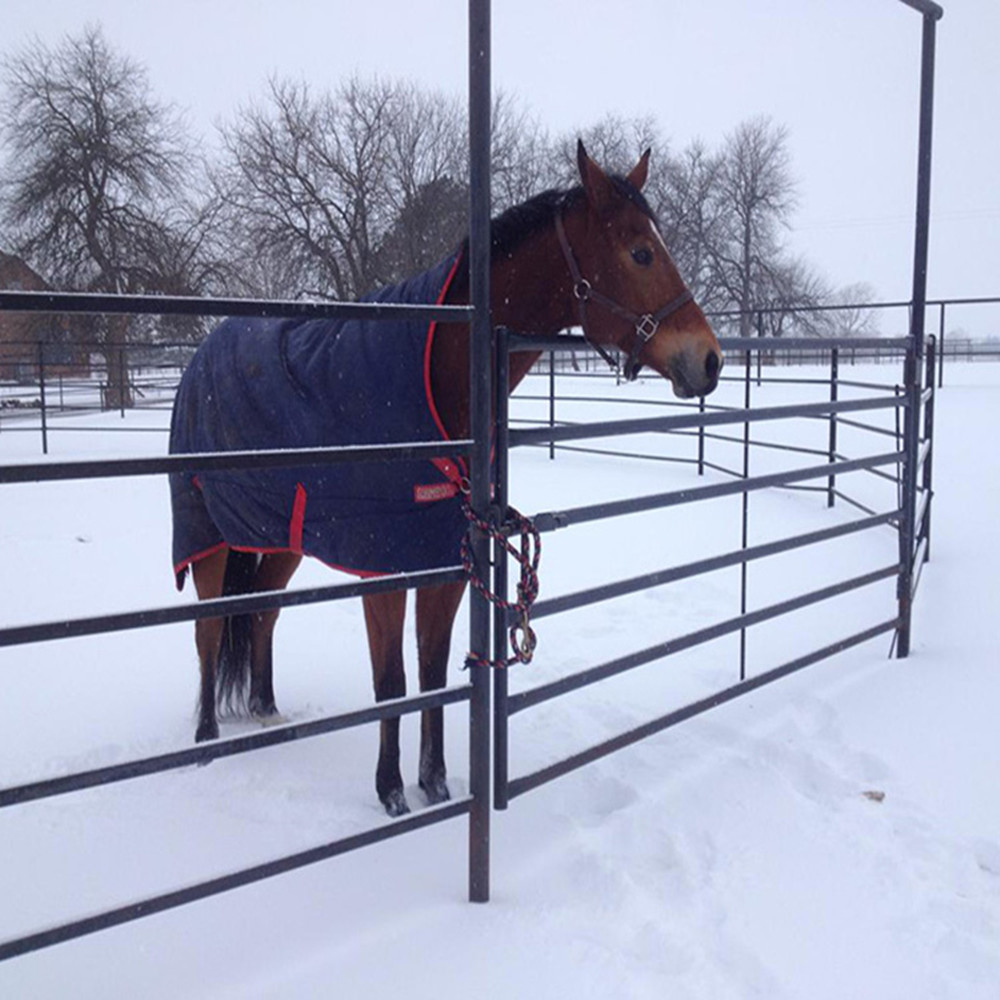On July 9, Physical Review Express (Phys. Rev. Lett. 111, 027203 2013) reported on the Zhao Jianhua Research Group and cooperators of the Semiconductor Superlattice State Key Laboratory of the Chinese Academy of Semiconductors at (Ga,Mn)As/ Recent research results on ferromagnetic interface coupling and magnetic proximity effects of Co2FeAl bilayers.
(Ga,Mn)As is a typical magnetic semiconductor material that can realize the functions of information processing, storage, and communication by controlling the degree of spin of electrons in semiconductors. It has the properties of ferromagnetics and semiconductors. It has been highly used for more than ten years. attention. The functions of devices such as (Ga,Mn)As-based spin-emitting diodes have been successfully demonstrated, but their lower Curie temperature limits the practical application of these devices. How to increase the Curie temperature of (Ga,Mn)As is a research hotspot in the field of semiconductor spintronics.
Zhao Jianhua, a member of the Superlattice Room, has conducted a series of useful experiments in the direction of research over the past decade. In 2011, they used a top-down micro-nano processing method combined with heavy Mn doping and low-temperature annealing to increase the (Ga,Mn)As Curie temperature to 200K (Nano.Lett.11, 2584, 2011). The world’s highest record of 191K was created before them (Appl. Phys. Lett. 95, 182505, 2009). Later, they used the bottom-up method to grow high-quality GaAs nanowires using Ga droplet autocatalytic technology (Nano Lett. 12, 5436, 2012). Based on this, they first prepared ferromagnetic all-flash zinc. Mineral Structure GaAs/(Ga,Mn)As Radial Heterojunction Nanowires (Nano Lett. 13, 1572, 2013).
Although the Curie temperature of (Ga,Mn)As has been increased to 200K, it still cannot meet the basic requirements for applications in room temperature environments. Recently, Zhao Jianhua and Dr. Nie Shuaihua have used molecular beam epitaxy to epitaxially grow Heusler alloy Co2FeAl thin films with high spin polarization and high Curie temperature on (Ga, Mn)As films to obtain high crystal quality (Ga, Mn) As/Co2FeAl bilayer film.
They studied the influence of ferromagnetic neighboring effect on the magnetic properties of (Ga,Mn)As films and found that unlike ordinary Fe/(Ga,Mn)As bilayers, the antiferromagnetic interface coupling interactions, superconducting quantum interference Instrumental magnetic measurements and X-ray magnetic circular dichroism (XMCD) both indicate that there is a ferromagnetic coupling between Co2FeAl and (Ga,Mn)As and that there is an exchange bias field in (Ga,Mn)As.
The authors of the Taiwan University of Political Science and the University of Taiwan’s Guo Guangyu’s research group have also demonstrated the existence of ferromagnetic exchange coupling. Due to the presence of the ferromagnetic proximity effect, the Mn ion in the 2.11 nm-thick (Ga,Mn) As layer maintains spin polarization at the temperature of 300 K at the interface of the bilayer film, even if the temperature rises to 400 K at a thickness of 1.36. The Mn ion in (Ga,Mn)As at nm still maintains spin polarization. This interface ferromagnetic coupling provides a new way of manipulating the spin states of magnetic semiconductors in spintronic devices, and is expected to achieve (Ga,Mn)As-based spintronic devices that operate at room temperature.
The next goal of the research group is to further enhance the ferromagnetic neighboring effect of the interface, increase the thickness of the (Ga,Mn)As layer that maintains the spin-polarized Mn ion at room temperature, and prepare the (Ga, Mn) that can work effectively at room temperature. ) As-based spintronic devices.
In this work, the experimental results of ferromagnetic coupling between Co2FeAl and (Ga,Mn)As bilayers have been supported by the theoretical calculations of the research group of Taiwan University of Political Science and Taiwan’s Guo Guangyu. The XMCD test and analysis have been obtained. Research group of Lin Hsin-chi and Chen Jiande of Hsinchu National Synchrotron Radiation Research Center in Taiwan, research group of Professor Xu Yongbing of York University, UK, and research team of Professor Yan Wensheng of Hefei National Synchrotron Radiation Laboratory.
The study received funding support from the National Natural Science Foundation of China, the Chinese Academy of Sciences, and the Ministry of Science and Technology.
horse fence Panels can be used as portable or permanent fencing. Using our safe and strong clamp system for panel attachment.
Our steel corral panels, as the strongest, most affordable products on the market can work for you whenever you need them. Compared with aluminum corral panels, this one is made of high tensile strength steel tubing with superior full welded saddle joints. Therefore, it's strong enough to withstand years of abuse. Meanwhile, all the products are galvanized or color painted after welding to protect the panel from rust and corrosion. Portable steel panels are easy to set up only by one person.

Horse Fence,Galvanized Horse Fence,Cattle Horse Fence,Movable Horse Fence
Hebei Giant Metal Technology Co., Ltd. , http://www.358fencing.com